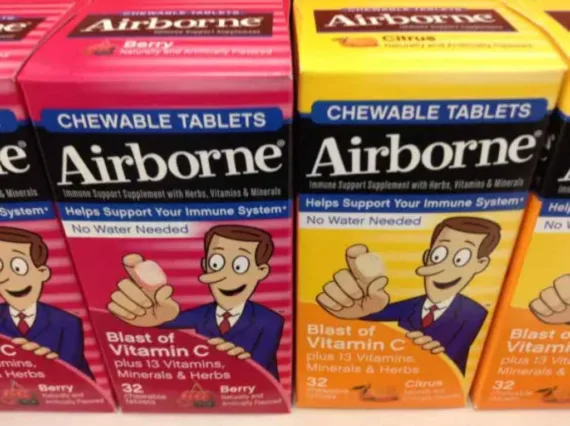 By now, most people realize the importance of using compact fluorescent lightbulbs (CFLs) to save energy.
By now, most people realize the importance of using compact fluorescent lightbulbs (CFLs) to save energy.
It’s one of the simplest things you can do to start living an environmentally-friendly life and to save money on your electric bills.
BUT… did you also know that CFLs contain mercury which can be dangerous? Mercury is actually poisonous and can affect the nervous system.
I don’t say this to scare you or to detract from the many benefits of using CFLs, but rather to assist you in the event that one of them breaks!
There are some extra precautions you must take…
First Things First…
DON’T PANIC.
Trust me, mercury in CFLs isn’t anything new. I mean this isn’t groundbreaking news or anything.
CFLs contain a very small amount of mercury sealed within the glass tubing — an average of 5 milligrams, which is roughly equivalent to an amount that would cover the tip of a ballpoint pen. No mercury is released when the bulbs are intact or in use. By comparison, older thermometers contain about 500 milligrams of mercury. It would take 100 CFLs to equal that amount. — EnergyStar.gov
The fact is the mercury inside these CFLs isn’t a problem at all unless the bulb breaks in your presence!
What To Do If A CFL Bulb Breaks
I saw this in a report this morning on ABC’s Good Morning America and largely supported by the EPA:
1. Don’t vacuum it up! Clear people and pets from the room for about 10 minutes to let the harmful vapors from the mercury clear out of the room or dissipate a bit.
2. Don’t vacuum it up! Put on a pair of rubber gloves and pick up the larger pieces.
3. Don’t vacuum it up! Scoop up what remains (there will be lots of tiny shards of glass and powdery particles) the best you can using 2 pieces of thin, stiff cardboard or something other than a broom. (The tiny particles are likely to get stuck inside a broom’s bristles.) Discard the broken pieces and the cardboard itself in a plastic bag that you can seal shut.
4. Don’t vacuum it up! Use tape to pick up the smaller pieces. Think along the lines of clear packing tape, masking tape, blue painters tape, duct tape, scotch tape, or even a lint roller! Try to get every piece you can visibly see.
5. Finally, vacuum the spot to pick up those teeny tiny fragments that you cannot see.
The next several times you vacuum, shut off the central forced-air heating/air conditioning system and open a window before vacuuming. Keep the central heating/air conditioning system shut off and the window open for at least 15 minutes after vacuuming is completed. Source
Here’s how the EPA recommends cleaning up broken CFLs. The biggest difference is they recommend placing the sealed plastic bag which holds the bulb fragments into another (larger) sealed plastic bag. They also recommend discarding the vacuum bag right away by placing it in 2 sealed plastic bags, as well.
Must read: How To Properly Dispose Of (And Recycle) CFLs
The Good News…
Fortunately, changes are underway to make CFLs more effective with less mercury!
Walmart announced that its suppliers of compact fluorescent light bulbs have agreed to dramatically reduce the amount of mercury in the energy-saving bulbs. Source
And To Think…
When I was a kid, we used to have hours of fun playing with the blobs of mercury that resulted from broken thermometers!
By “playing” I mean squishing it… and watching it divide… and then separate… and then reform into more mercury blobs.
I actually “collected” so many tiny blobs of mercury that I stored it all in a small jar with a lid. I think my dad (who worked for the local gas company at the time) had some tools or equipment that had mercury in them and when they broke, he gave them to me for my “collection”.
It’s a shame, but back then, we just didn’t know better. (Did anyone else do this, or just me?)




